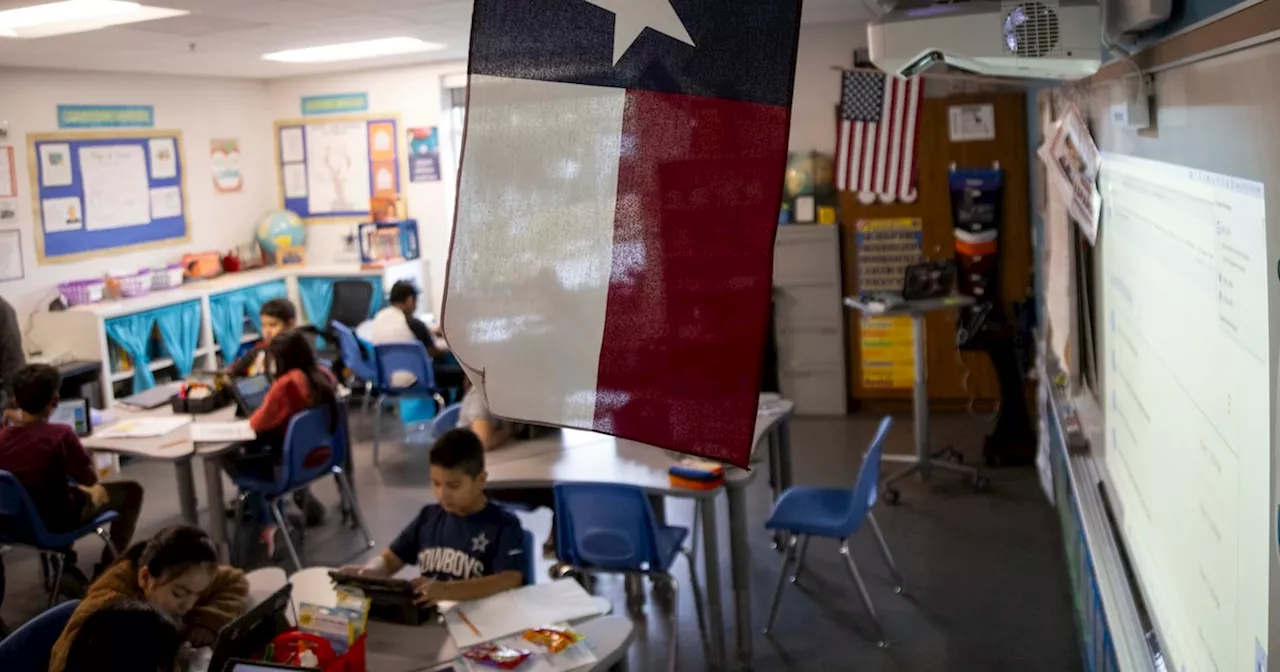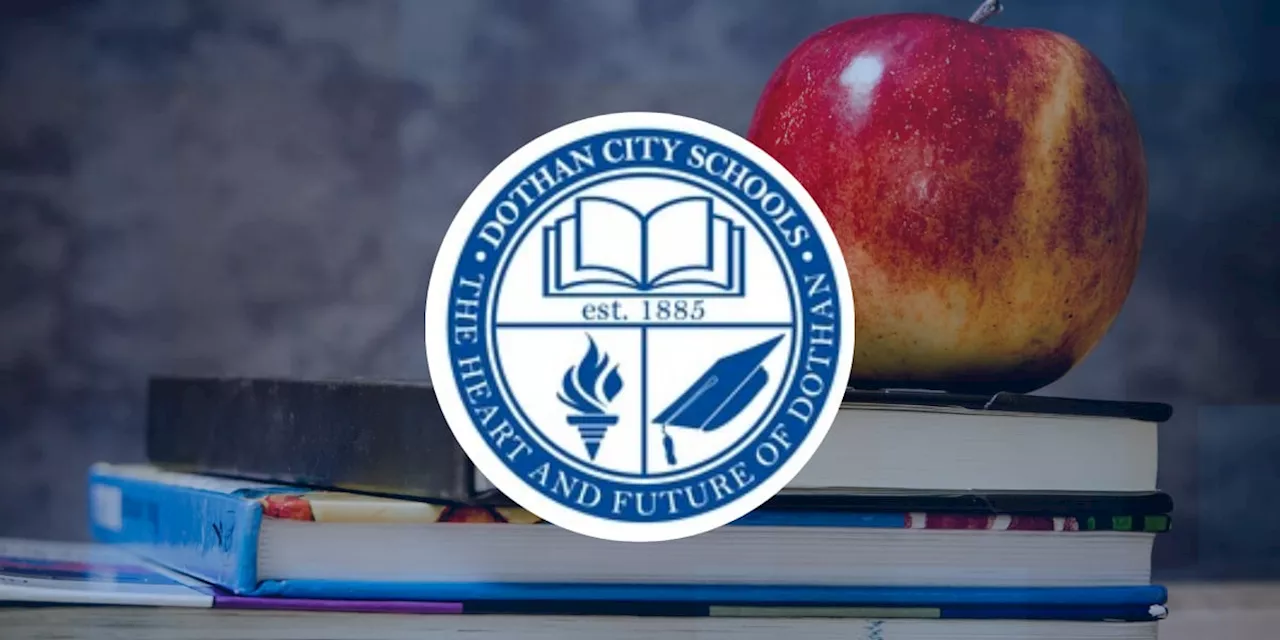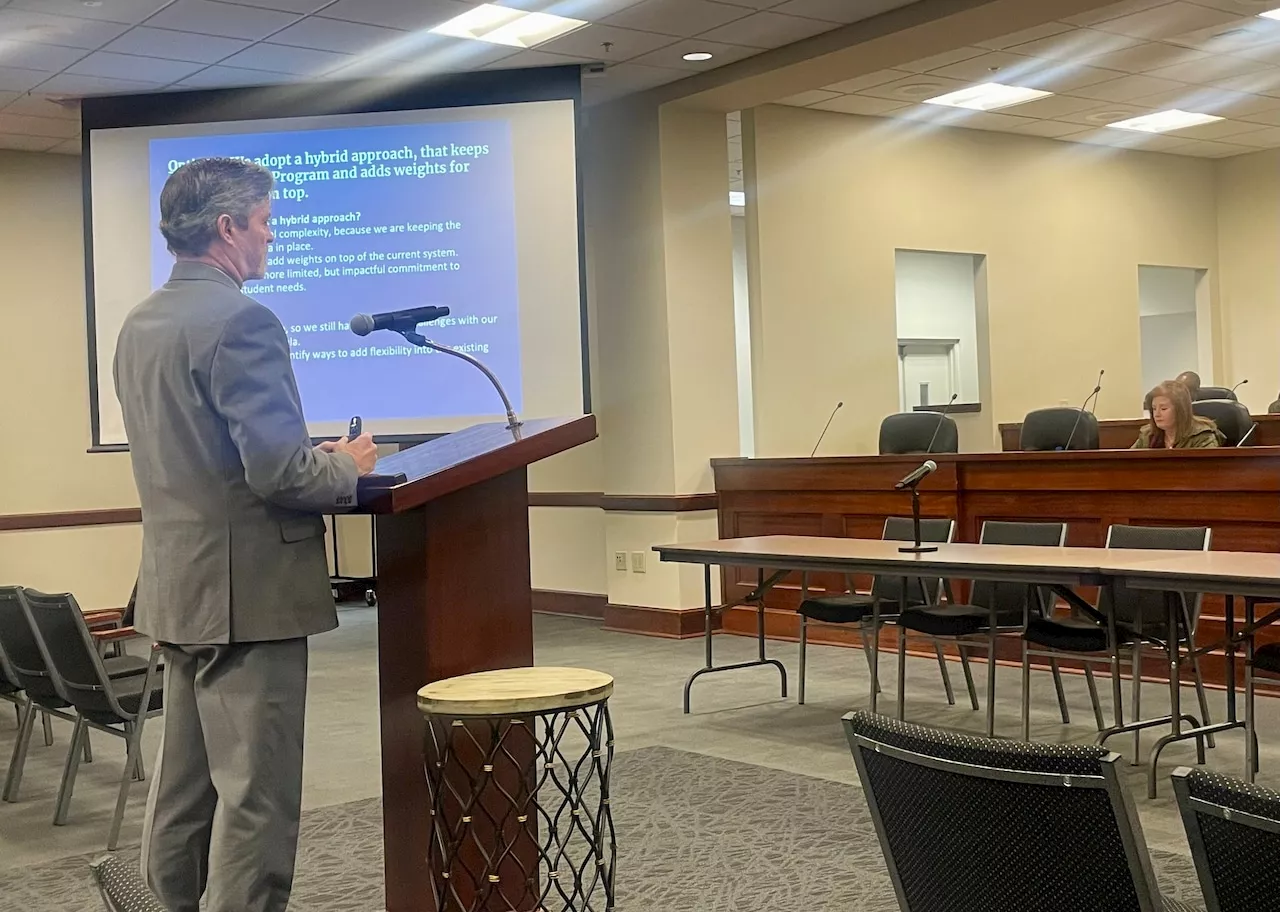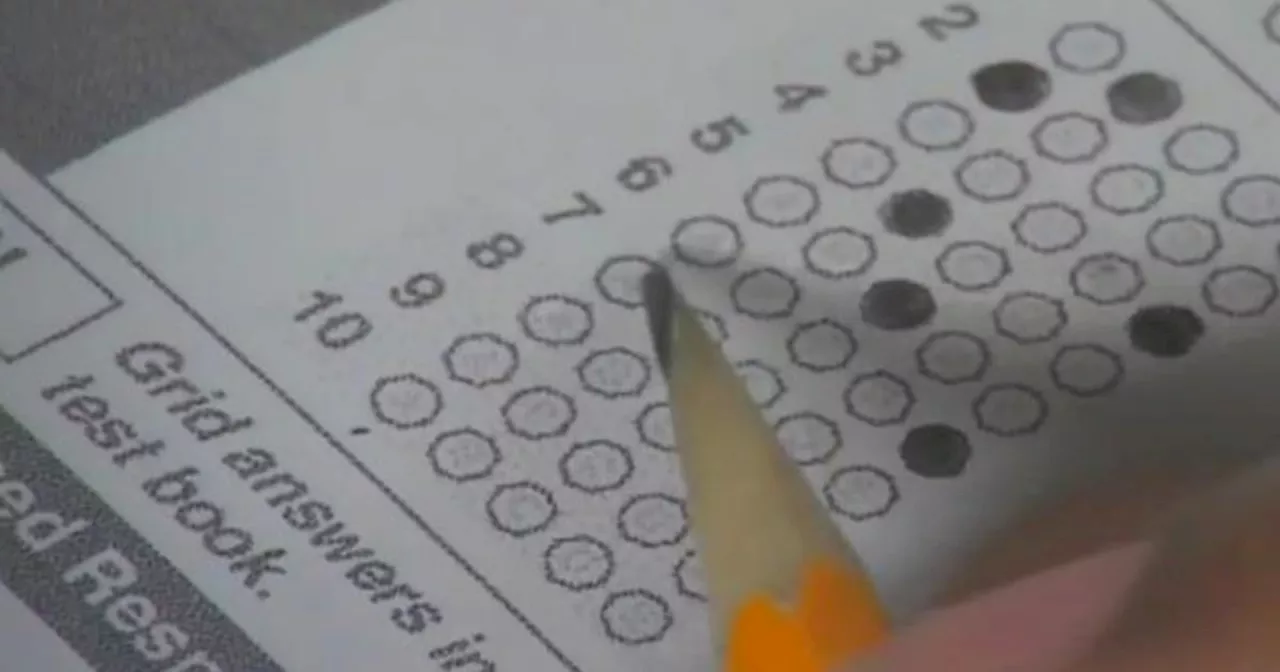The latest national assessment of American students reveals continued declines in reading scores and minimal progress in math, highlighting the ongoing challenges facing US education. The report shows growing inequality, with high-performing students showing some recovery while lower-performing students fall further behind.
America's children have continued to lose ground on reading skills in the wake of the COVID-19 pandemic and have made little improvement in math, according to the latest results of an exam known as the nation's report card. The findings are yet another setback for U.S. schools and reflect the myriad challenges that have upended education, from pandemic school closures to a youth mental health crisis and high rates of chronic absenteeism.
The national exam results also show growing inequality: While the highest-performing students have started to regain lost ground, lower-performing students are falling further behind. Given every two years to a sample of America's children, the National Assessment of Educational Progress is considered one of the best gauges of the academic progress of the U.S. school system. The most recent exam was administered in early 2024 in every state, testing fourth- and eighth-grade students on math and reading. 'The news is not good,' said Peggy Carr, commissioner of the National Center for Education Statistics, which oversees the assessment. 'We are not seeing the progress we need to regain the ground our students lost during the pandemic.' Among the few bright spots was an improvement in fourth grade math, where the average score ticked up 2 points on a scale of 500. It's still 3 points lower than the 2019 pre-pandemic average, yet some states and districts made significant strides, including in Washington, D.C., where the average score increased 10 points. For the most part, however, American schools haven't yet begun to make progress. The average math score for eighth grade students was unchanged from 2022, while reading scores fell 2 points at both grade levels. One-third of eighth grade students scored below 'basic' in reading, the most ever in the history of the assessment. Students are considered below basic if they are missing fundamental skills. For example, eighth grade students who scored below basic in reading were typically unable to make a simple inference about a character's motivation after reading a short story, and some were unable to identify that the word 'industrious' means 'to be hard working.' Especially alarming to officials was the divide between higher- and lower-performing students, which has grown wider than ever. Students with the highest scores outperformed their peers from two years ago, making up some ground lost during the pandemic. But the lowest performers are scoring even lower, falling further behind. It was most pronounced in eighth grade math: While scores of the top 10% of students increased by 3 points, the lowest 10% decreased by 6 points. 'We are deeply concerned about our low-performing students,' said Lesley Muldoon, executive director of the National Assessment Governing Board, which sets policies for the exam. 'For a decade, these students have been on the decline. They need our urgent attention and our best effort.' The latest setbacks follow a historic backslide in 2022. In that year's exam, student achievement fell across both subjects and grade levels, in some cases by unprecedented levels. This round of testing again featured students whose lives were disrupted by the pandemic. When COVID hit in 2020, the fourth graders were in kindergarten, and the eighth graders were in fourth grade. But Carr said poor results can no longer be blamed solely on the pandemic, warning that the nation's education system faces 'complex challenges.' A survey done alongside the exam found in 2022 that fewer young students were reading for enjoyment, which is linked to lower reading scores. And new survey results found that students who are often absent from class - a persistent problem nationwide - are struggling the most. 'The data are clear,' Carr said. 'Students who don't come to school are not improving.' The results provide fresh fuel for a national debate over the impact of pandemic school closures, though they're unlikely to add clarity. Some studies have found that longer closures led to bigger academic setbacks. Those slower to reopen were often in urban and Democratic-led areas, while more rural and Republican-led areas were quicker. The new results don't show a 'direct link' on the topic, Carr said, though she said students clearly do better when they're in school. Among the states that saw reading scores fall in 2024 are Florida and Arizona, which were among the first to return to the classroom during the pandemic. Meanwhile, some big school systems that had longer closures made strides in fourth grade math, including Los Angeles and New York City. The success of big urban districts - 14 of which saw notable improvement in fourth-grade math when the nation as a whole saw only minor gains - can be credited to academic recovery efforts funded by federal pandemic relief, said Ray Hart, executive director of the Council of Great City Schools
EDUCATION READING SCORES MATH SCORES PANDEMIC IMPACT EDUCATIONAL INEQUALITY NATIONAL ASSESSMENT STUDENT PERFORMANCE
United States Latest News, United States Headlines
Similar News:You can also read news stories similar to this one that we have collected from other news sources.
 Texas Students Lag Behind in Recovery from Pandemic Learning LossNew NAEP test scores reveal that Texas students are struggling to recover from pandemic-related learning disruptions, with stagnant scores in math and reading. The report highlights the widening achievement gap and the urgent need to address chronic absenteeism.
Texas Students Lag Behind in Recovery from Pandemic Learning LossNew NAEP test scores reveal that Texas students are struggling to recover from pandemic-related learning disruptions, with stagnant scores in math and reading. The report highlights the widening achievement gap and the urgent need to address chronic absenteeism.
Read more »
 Students up nearly 8% in English proficiency, DCS saysThe data includes students who already speak English, as well as students who are learning English.
Students up nearly 8% in English proficiency, DCS saysThe data includes students who already speak English, as well as students who are learning English.
Read more »
 Alabama lawmakers aim to close funding gap for rural, poor schoolsLawmakers weigh plans to allocate additional resources to English learners, gifted students and poor students.
Alabama lawmakers aim to close funding gap for rural, poor schoolsLawmakers weigh plans to allocate additional resources to English learners, gifted students and poor students.
Read more »
 Small-Cap Stocks Lag Despite Trump's Reelection PromisesAlthough President Trump's reelection victory and focus on domestic economic growth were expected to boost small-cap stocks, the Russell 2000 has seen modest gains compared to the strong performance of the S&P 500. Investors remain cautious after years of underperformance by small caps, but some analysts suggest a potential for future growth based on recent positive trends and long-term chart patterns.
Small-Cap Stocks Lag Despite Trump's Reelection PromisesAlthough President Trump's reelection victory and focus on domestic economic growth were expected to boost small-cap stocks, the Russell 2000 has seen modest gains compared to the strong performance of the S&P 500. Investors remain cautious after years of underperformance by small caps, but some analysts suggest a potential for future growth based on recent positive trends and long-term chart patterns.
Read more »
 Jet Lag: More Than Just ExhaustionThis article explores the multifaceted impacts of jet lag beyond fatigue, including gastrointestinal issues, temperature fluctuations, headaches, irritability, and cognitive impairment. It cautions against solely relying on sleep prioritization as a remedy and suggests a more nuanced approach to managing jet lag.
Jet Lag: More Than Just ExhaustionThis article explores the multifaceted impacts of jet lag beyond fatigue, including gastrointestinal issues, temperature fluctuations, headaches, irritability, and cognitive impairment. It cautions against solely relying on sleep prioritization as a remedy and suggests a more nuanced approach to managing jet lag.
Read more »
 AI Scare Sends Nasdaq Tumbling, Tech Rebounds While Miners LagThe Chinese DeepSeek AI model triggered a market sell-off, wiping a trillion dollars off the Nasdaq. Nvidia bore the brunt of the losses, but recovered half by Tuesday. Despite the volatility, US AI champions are faring well. The mining sector, however, continues to lag behind, highlighting the disparity in investor perception between traditional industries and booming tech trends.
AI Scare Sends Nasdaq Tumbling, Tech Rebounds While Miners LagThe Chinese DeepSeek AI model triggered a market sell-off, wiping a trillion dollars off the Nasdaq. Nvidia bore the brunt of the losses, but recovered half by Tuesday. Despite the volatility, US AI champions are faring well. The mining sector, however, continues to lag behind, highlighting the disparity in investor perception between traditional industries and booming tech trends.
Read more »
